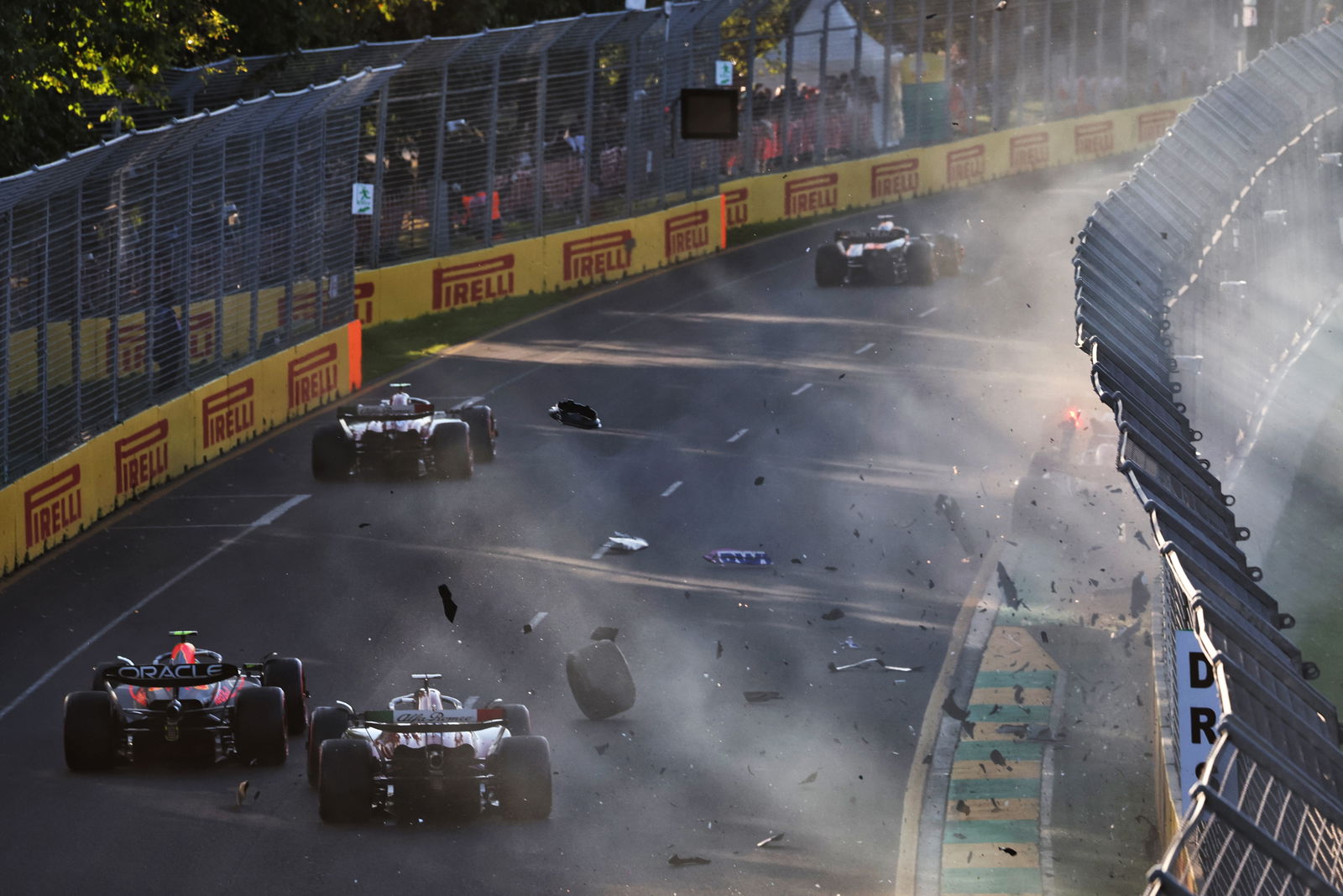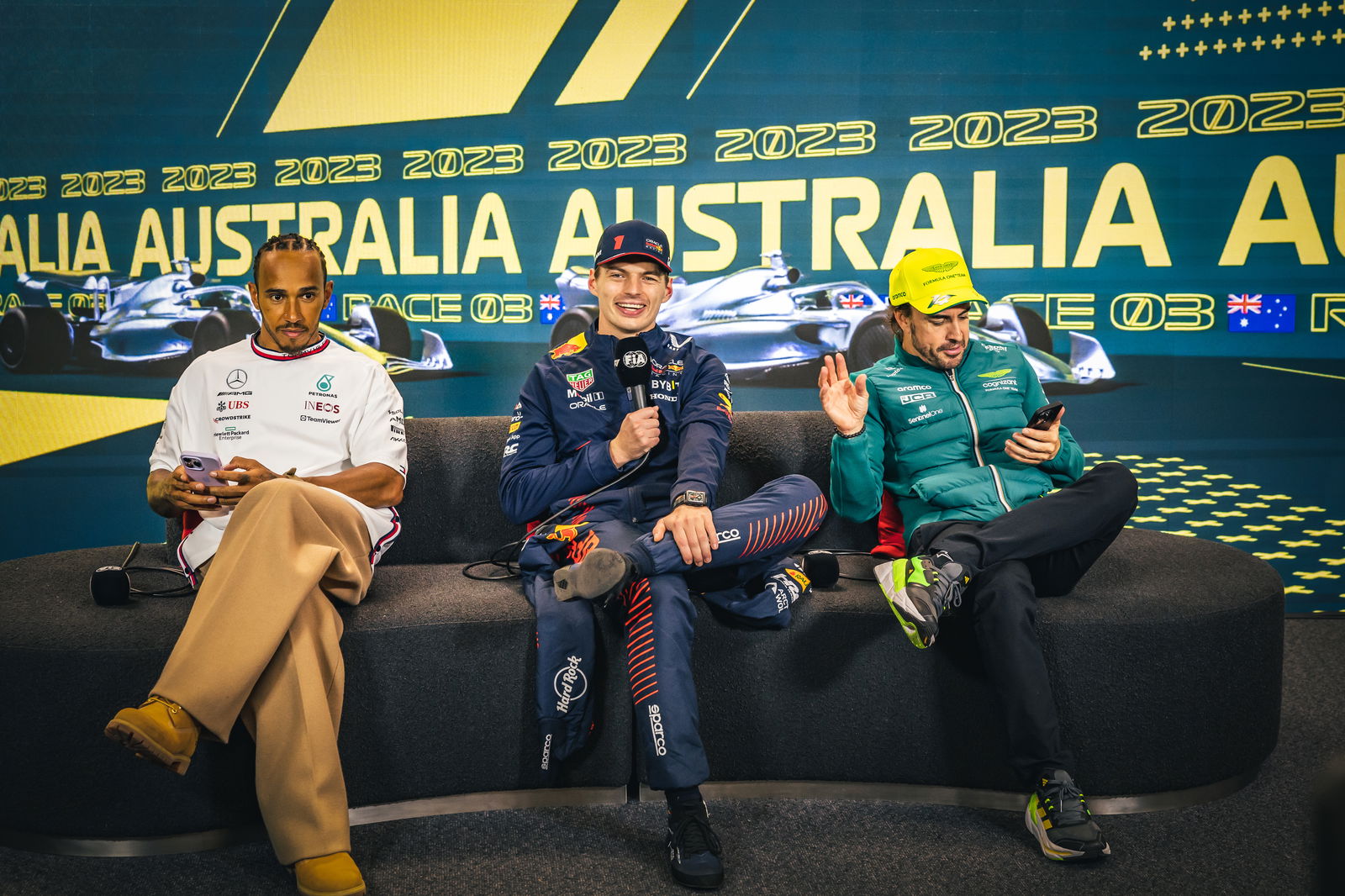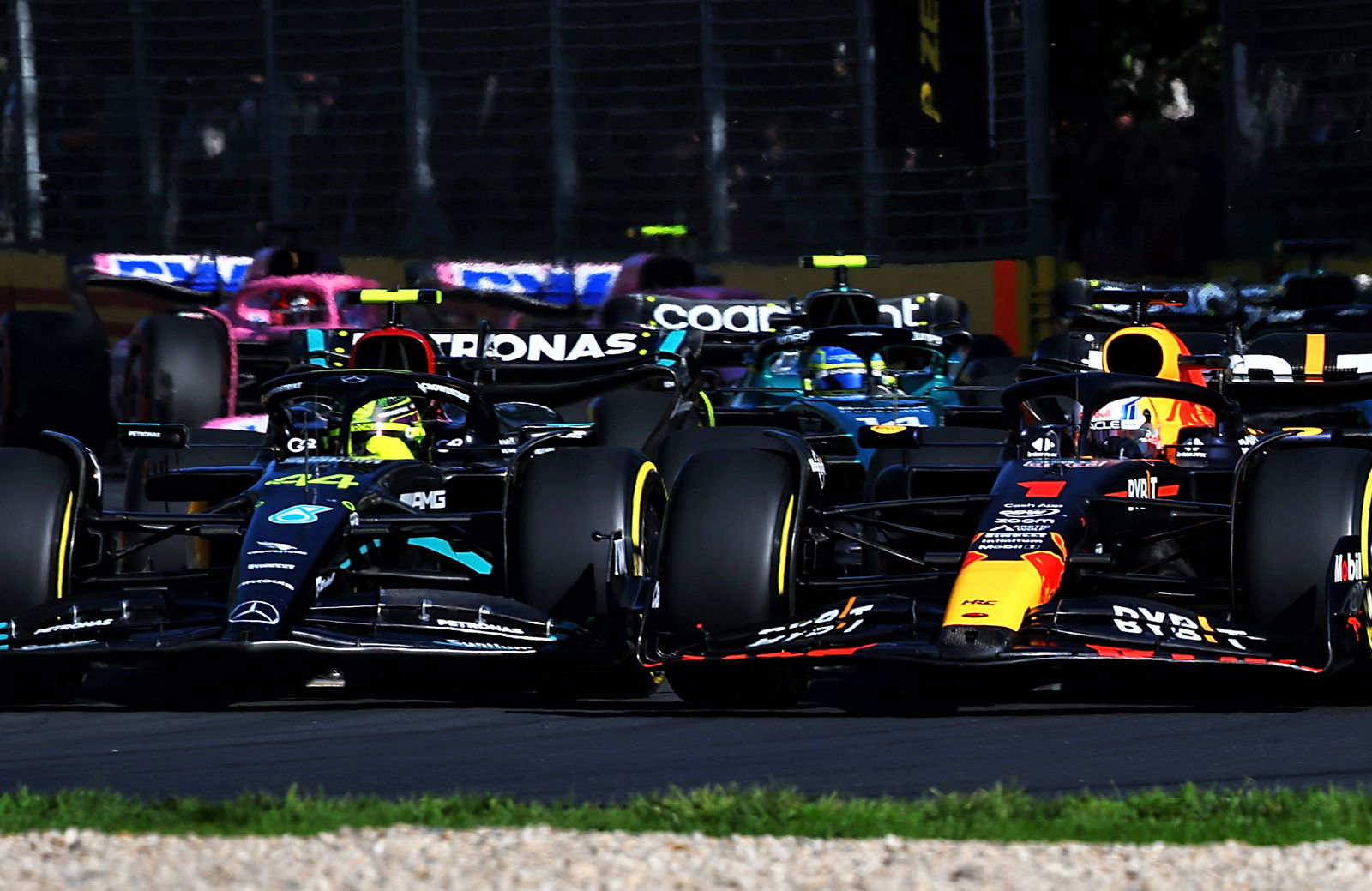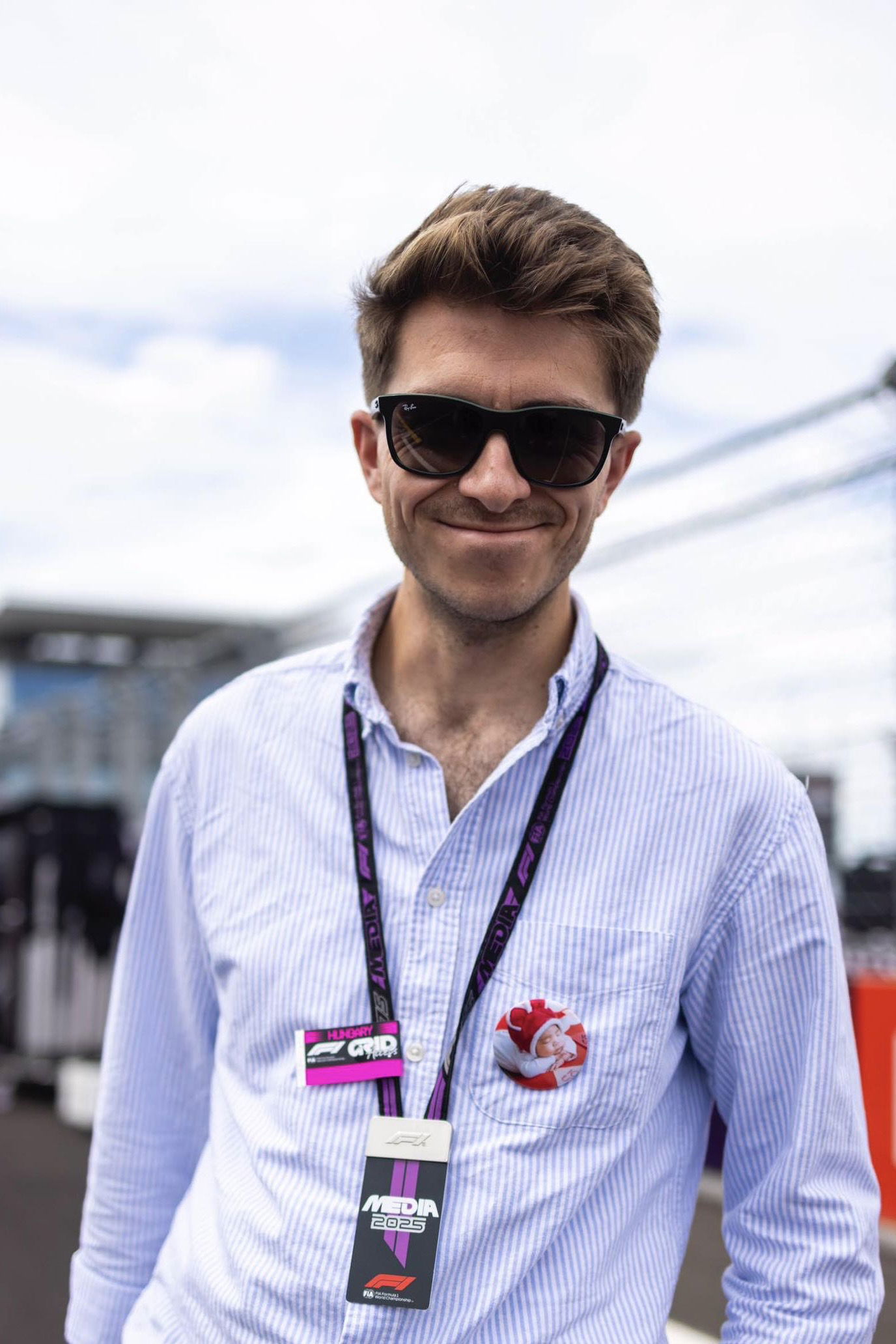Explained: Why wild F1 Australian GP ended the way it did

Red Bull’s Max Verstappen won the delayed, incident-packed Melbourne race from Mercedes’ Lewis Hamilton and Aston Martin’s Fernando Alonso.
The biggest talking point from the thrice red-flagged third round was the finish.After a lengthy delay due to multiple cars crashing out at the second standing restart, the race resumed with a processional final-lap run to the chequered flag behind the Safety Car with no overtaking allowed.
For several minutes there was confusion in the paddock because nobody knew what the FIA planned to do.
F1's governing body the FIA eventually declared the positions were set “in the order of the previous start minus cars out”.
This was because the field had not passed the first sector line at the point at which the red flag came out.

It meant that despite being tagged into a spin and dropping down the order, Alonso was able to restart in third and seal the final spot on the podium.
The situation was similar to last year’s British Grand Prix where the starting order was reset following a red flag on the opening lap.
“The drivers didn’t go through a single sector,” Sky Sports pundit and ex-F1 driver Karun Chandhok explained.
“When that happens, they then go back a lap, because they haven’t got to a point where they can define the order. So the rules are to go back to the previous lap.
“The two Alpines could not finish so they were taken out of the order so the other cars moved up.”
Fellow Sky Sports pundit Naomi Schiff added: “The top three drivers weren’t keen to restart, they sounded happy to restart under Safety Car conditions because they felt vulnerable.
“Others had something to gain. Others were more concerned by the drivers behind them undoing the good work that they’d already done.”


